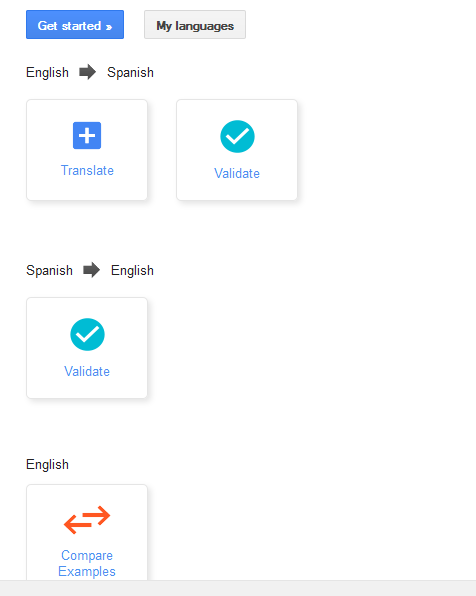8
CAPI Court Interpreters Judicial Conference. Boulder, CO, USA.
9
Problems, Solutions and Precipitates: Translating for the Pharmaceutical, Chemical, and Cosmetics Industries. ATA Continuing Education Webinar.
11
Creating Successful Interpretation Encounters – the Language Services Coordinator, Globalization and Localization Association, webinar.
11-13
International Conference on Community Translation 2014. National Accreditation Authority for Translators & Interpreters (NAATI). Sydney, Australia
13-14
Tennessee Assn of Prof Interpreters & Translators (TAPIT). 12th Annual Conference. Nashville, TN, USA.
16
Best Practices: Lessons from an Industry Recruiter Point of View. The Localization Institute, webinar.
18
Language Industry Showcase, AILIA Language Industry Association. Old Montreal, Quebec, Canada
How Unicode Came to “Dominate the World”. The International Multilingual User Group (IMUG), San Jose, California, USA.
18-19
Translating Europe Forum. DGT, European Commission, Brussels, Belgium.
19
Nida Translation Studies Research Symposium. Nida School of Translation Studies, New York, New York, USA.
20
Midwest Association of Translators & Interpreters (MATI) 11th Annual Conference. Madison, WI, USA.
International Translation Day. Northwest Translators & Interpreters Society (NOTIS). Seattle, WA. USA.
20-21
V ABRATES International Conference. Brazilian Translators & Interpreters Association. Rio de Janeiro, Brazil.
IAPTI 2013 International Conference, International Association of Professional Translators and Interpreters, Athens, Greece.
25-26
Translator and Interpreter Training, International Association for Translation and Intercultural Studies, Novi Sad, Serbia.
ATC Annual Conference, Association of Translation Companies, Brighton, UK.
26-28
Translation Forum Russia, Business Bureau of the Association of Interpreters, Ekaterinburg, Russia.
29-30
ProZ.com 2014 virtual conference series.
1-22
Courses offered in September. Colegio de Traductores Públicos de Buenos Aires, Argentina.





